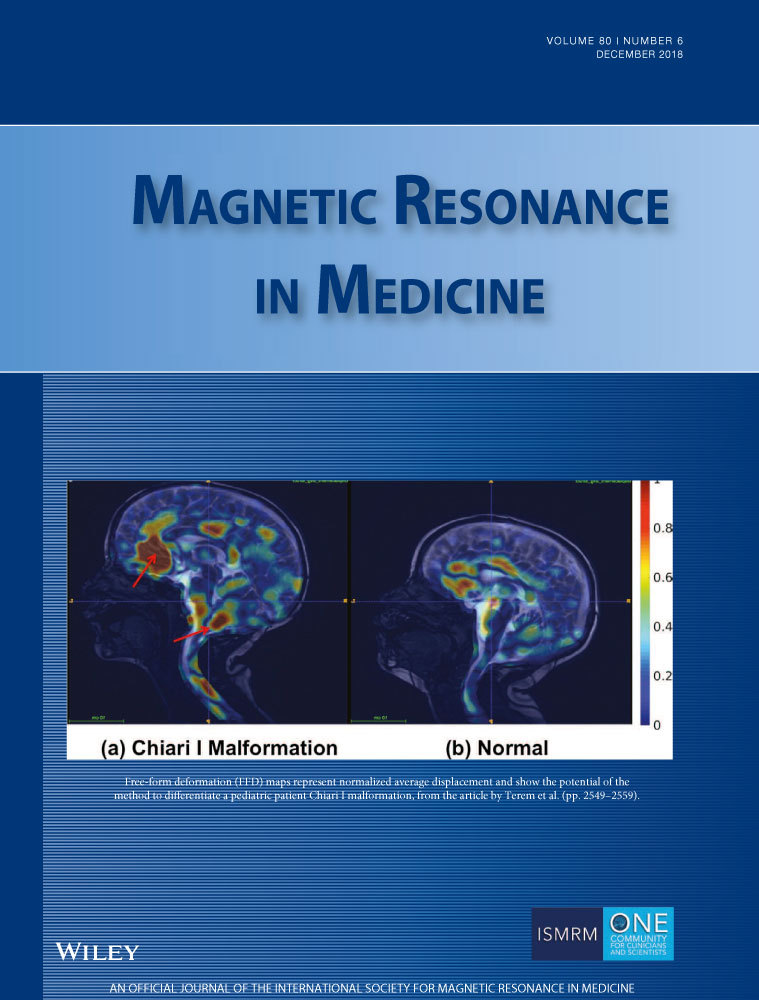GRAPPA reconstructed wave-CAIPI MP-RAGE at 7 Tesla
Abstract
Purpose
The aim of this project was to develop a GRAPPA-based reconstruction for wave-CAIPI data. Wave-CAIPI fully exploits the 3D coil sensitivity variations by combining corkscrew k-space trajectories with CAIPIRINHA sampling. It reduces artifacts and limits reconstruction induced spatially varying noise enhancement. The GRAPPA-based wave-CAIPI method is robust and does not depend on the accuracy of coil sensitivity estimations.
Methods
We developed a GRAPPA-based, noniterative wave-CAIPI reconstruction algorithm utilizing multiple GRAPPA kernels. For data acquisition, we implemented a fast 3D magnetization-prepared rapid gradient-echo wave-CAIPI sequence tailored for ultra-high field application. The imaging results were evaluated by comparing the g-factor and the root mean square error to Cartesian CAIPIRINHA acquisitions. Additionally, to assess the performance of subcortical segmentations (calculated by FreeSurfer), the data were analyzed across five subjects.
Results
Sixteen-fold accelerated whole brain magnetization-prepared rapid gradient-echo data (1 mm isotropic resolution) were acquired in 40 seconds at 7T. A clear improvement in image quality compared to Cartesian CAIPIRINHA sampling was observed. For the chosen imaging protocol, the results of 16-fold accelerated wave-CAIPI acquisitions were comparable to results of 12-fold accelerated Cartesian CAIPIRINHA. In comparison to the originally proposed SENSitivity Encoding reconstruction of Wave-CAIPI data, the GRAPPA approach provided similar image quality.
Conclusion
High-quality, wave-CAIPI magnetization-prepared rapid gradient-echo images can be reconstructed by means of a GRAPPA-based reconstruction algorithm. Even for high acceleration factors, the noniterative reconstruction is robust and does not require coil sensitivity estimations. By altering the aliasing pattern, ultra-fast whole-brain structural imaging becomes feasible.




